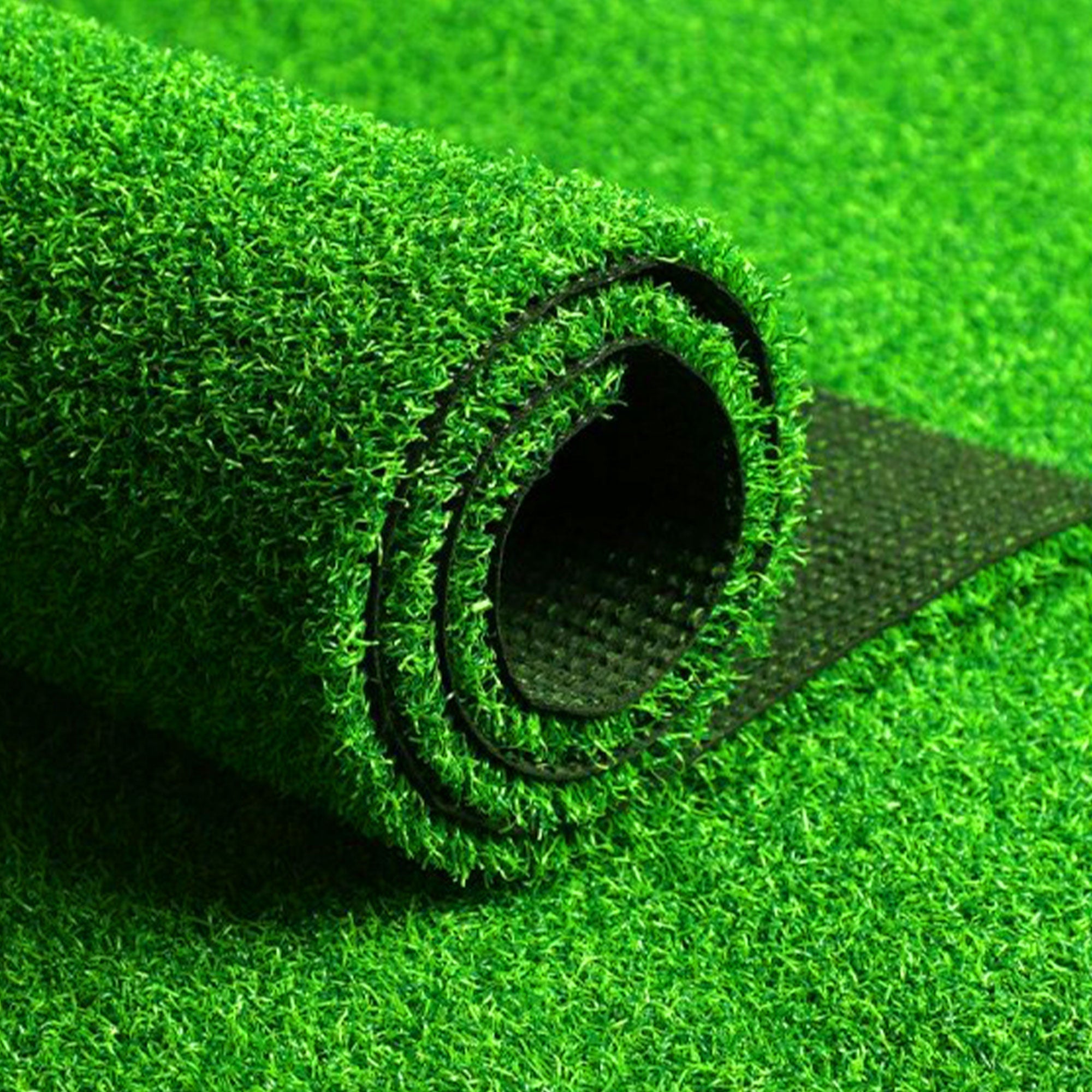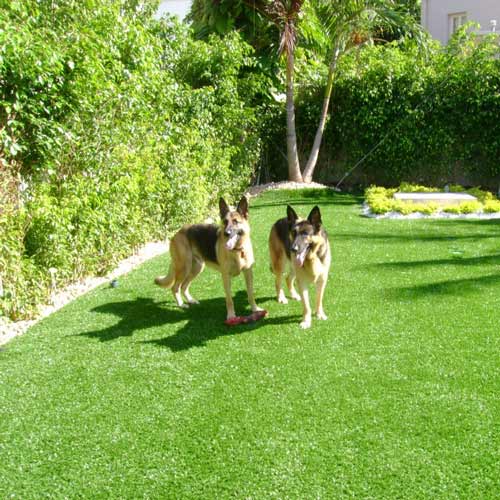Just How Does Artificial Turf Setup Transform Your Landscape?
The installation of synthetic grass presents a multifaceted opportunity for landscape improvement, providing a mix of visual improvement and practical benefits. Past the immediate visual charm of a constantly environment-friendly space, synthetic grass considerably minimizes maintenance needs and water consumption. Its flexibility enables creative landscaping options tailored to different environments, making it a compelling choice for both business and residential applications. However, the ramifications of such a makeover prolong past mere visual appeals and convenience, triggering further expedition right into the long-lasting impacts on price, environmental sustainability, and general landscape health.
Advantages of Artificial Turf
When taking into consideration landscape design services, the advantages of synthetic grass come to be increasingly obvious. One of one of the most significant benefits is its reduced maintenance requirements. Unlike natural turf, which demands routine mowing, watering, and fertilization, artificial grass preserves its rich look without these labor-intensive tasks. This permits homeowner to assign their time and resources to various other searches.
In addition, synthetic grass provides a constant playing surface, making it ideal for recreational areas and sporting activities areas. Arizona artificial grass. Its longevity ensures that it can hold up against hefty foot web traffic without the wear and tear connected with all-natural grass, thus advertising year-round use
Environmental benefits also play a vital role in the allure of artificial grass. By eliminating the requirement for chemicals and herbicides, it contributes to a much healthier ecological community. Additionally, the reduction in water use is considerable, specifically in locations vulnerable to dry spell.
Additionally, synthetic grass boosts aesthetic allure, offering a vibrant green landscape that continues to be consistent throughout the periods. This consistency can boost home value and visual charm, making it an appealing alternative for homeowners and services alike. In recap, the countless advantages of artificial grass make it an engaging choice for contemporary landscaping services.
Cost Savings With Time

Firstly, man-made turf gets rid of the requirement for reoccuring expenditures associated to water, plant foods, chemicals, and yard upkeep solutions (Mesa artificial turf). Homeowners can expect to conserve substantially on their water costs, especially in regions prone to dry spell, where irrigation of natural turf can come to be much too costly. Furthermore, the minimized requirement for chemical therapies not just decreases expenses yet additionally decreases labor expenditures related to lawn care
Moreover, man-made lawn is made for longevity, lasting between 15 to 25 years with correct upkeep. This long life means less repairs and replacements, leading to additional cost savings. In time, the collective economic advantages of synthetic grass can substantially outweigh the first expenses, making it a sensible financial investment for those looking to improve their landscapes while also managing their budget plans efficiently. In recap, the long-term expense savings linked with man-made turf make it an appealing option for house owners looking for both appearances and economic carefulness.
Ecological Impact
The ecological effect of synthetic grass is a subject of considerable rate of interest and discussion. Advocates say that artificial turf saves water, as it eliminates the demand for irrigation, which is specifically beneficial in deserts. This water conservation can cause reduced strain on local water sources and lower utility bills for home owners. Additionally, fabricated lawn gets rid of the requirement for chemical fertilizers and chemicals, which can posture dangers to neighborhood ecological communities.
However, problems about the ecological impact of fabricated grass persist. The production of artificial products often calls for considerable energy and petroleum sources, adding to carbon discharges. When fabricated turf gets to the end of its life cycle, disposal can come to be bothersome, as several items are not naturally degradable and can end up in land fills (Arizona artificial grass).
One more area of issue is the potential for microplastics to seep into the dirt and waterways, which can adversely influence aquatic life and ecological communities. Therefore, while artificial lawn provides particular ecological advantages, it also postures challenges that warrant careful consideration. Stabilizing the benefits of water preservation with the environmental effects of production and disposal is necessary for making notified landscaping choices.
Style Adaptability
Artificial turf opens a world of layout convenience, enabling property owners and landscape designers to produce cosmetically pleasing and functional exterior rooms. Unlike conventional grass, synthetic grass can be customized to fit different motifs, styles, and objectives, improving the general landscape style.
One of the key advantages of synthetic turf is its versatility. Property owners can select from a range of structures, colors, and pile elevations, making certain that the lawn complements existing features and architectural aspects.

Upkeep and Longevity
With very little upkeep called for, synthetic grass uses a practical solution for homeowners looking for a low-maintenance landscaping option. Unlike all-natural turf, which requires normal mowing, watering, and fertilization, artificial grass significantly lowers the time and effort needed to preserve an appealing yard.
The long life of synthetic grass is an additional engaging advantage. High-grade artificial turf is crafted to stand up to different climate condition, making sure durability with time. Typically, synthetic grass can last in between 15 to 25 years, relying on the high quality of materials used and the level of foot web traffic it sustains. This durability translates right into long-lasting cost savings, as property owners are less often required to change or repair their landscape.
Moreover, upkeep tasks for synthetic grass are uncomplicated. Periodic brushing to keep the blades upright, rinsing to remove debris, and regular infill replenishment are typically adequate to maintain its click to read look and functionality. This simplicity of maintenance allows home owners to enjoy their exterior spaces without the concern of extensive labor.
Verdict
In conclusion, synthetic turf installation considerably boosts landscapes by providing a lively, low-maintenance alternative to all-natural yard. Generally, synthetic turf emerges as a sustainable and functional remedy for changing outside spaces into practical and aesthetically enticing atmospheres.

In conclusion, fabricated turf installment substantially improves landscapes by supplying a vibrant, low-maintenance choice to all-natural turf.